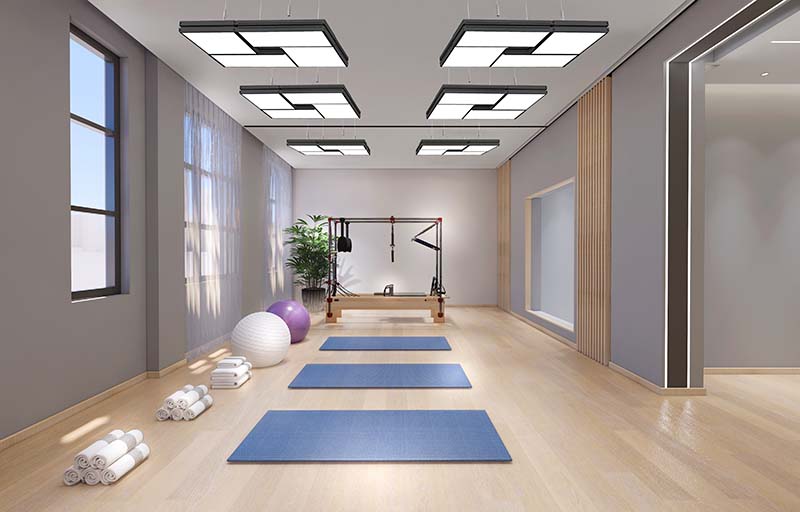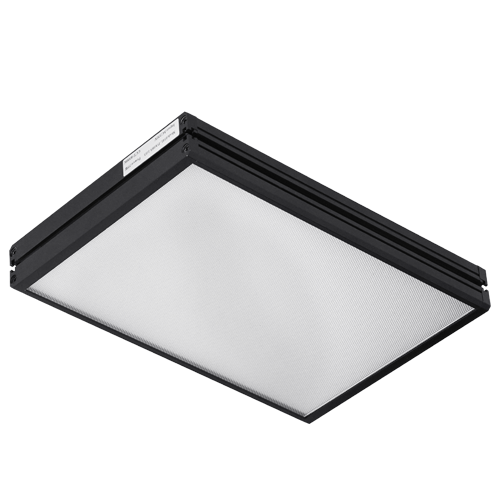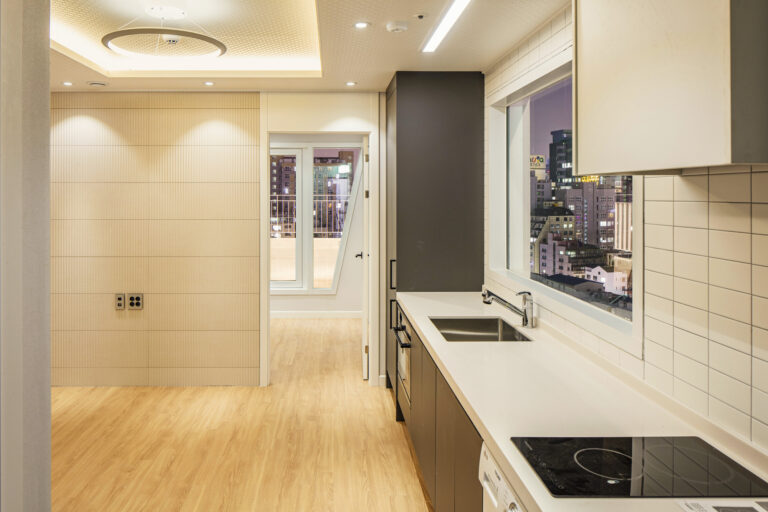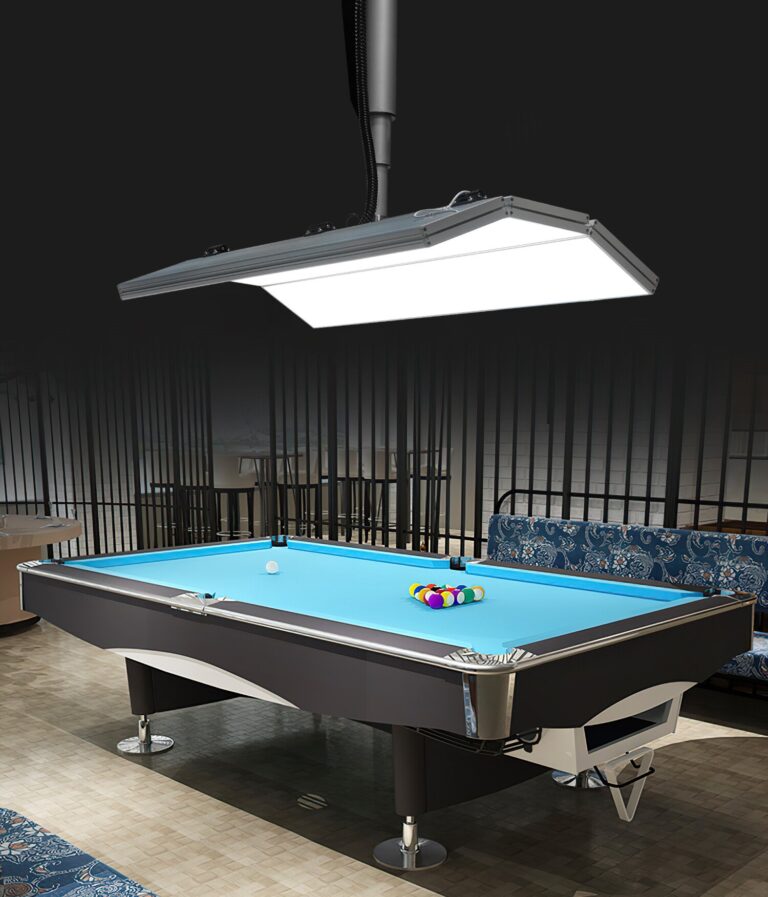Ordinary LED lights last around 50,000 hours, while high-quality LED lights can last up to 100,000 hours. If used for 5 hours a day, the theoretical service life of ordinary household LED lights is about 27 years. For commercial high-quality LEDs used 15 hours a day, the theoretical service life is about 20 years.

Factors affecting the life of LED lights include
- Quality of the LED chip: High-quality chips are more stable and have higher luminous efficiency, resulting in a longer life; low-quality chips are prone to light decay and lamp failure, leading to a shorter life. When choosing, refer to brand and reputation.
- Heat dissipation design: Poor heat dissipation leads to high chip temperatures and shortened lifespans. A good design can effectively dissipate heat with various dissipation methods, and the material of the housing also affects heat dissipation.
- Quality of the drive power supply: A good power supply has multiple protection functions to ensure stable lamp operation; low-quality power supplies may cause unstable voltage and current, damaging the chip.
- Ambient temperature: Suitable temperatures (-20℃ to 45℃) extend life; too high or too low temperatures affect performance and lifespan.
- Humidity: High humidity environments corrode electronic components, shortening life. Choose moisture-proof lamps in humid places.

- Dust and pollutants: Adhesion affects heat dissipation and damages electronic components. Regular cleaning can extend life.
- Frequent switching: Increases chip burden and affects lifespan. Reduce unnecessary switching operations.
- Voltage stability: Unstable voltage damages the drive power supply and chip, shortening life. Use voltage stabilizers and other devices to ensure voltage stability.
Are there any lamps that last longer than LED lamps?
Currently, there are none. Although many lamps have improved their lifespan after modification, no type of lamp surpasses the lifespan of LED lamps.
Long-life bulbs include:
| Ranking | Bulb type | Useful life hours |
| 1 | LED bulb | Can reach more than 20,000 hours, some high-quality products can reach 50,000 hours |
| 2 | Fluorescent lamp | 8000~10000 hours |
| 3 | Incandescent bulb | 1000~2000 hours |
| 4 | Vacuum tube bulb | 1000 hours or so |
Why do LED lamps have a longer life than incandescent lamps?
Difference in lighting principle and structure
LED lamps emit light by recombining electrons and holes in semiconductor materials, releasing energy. Their internal structure is relatively simple and stable, without filaments like incandescent lamps that are prone to sublimation and burnout due to heat.
Incandescent lamps emit light by heating the filament to a high temperature with an electric current. The filament easily sublimates at high temperatures, gradually thinning and eventually breaking, thus limiting its lifespan.
Thermal management
Do LED lights get hot? Yes, they do, but LED lamps produce relatively less heat during operation and can effectively dissipate heat through good design. Good design keeps the chip within an appropriate working temperature range, extending its lifespan.
Incandescent lamps produce a lot of heat during operation and have relatively poor heat dissipation. This causes the filament temperature to rise continuously and accelerates the filament’s sublimation and aging process.
Material and technological progress
LED technology has made significant progress in recent years, including innovations in chip materials, packaging technology, and heat dissipation design, which have made LED lamps more stable and longer-lasting.
Like traditional lighting devices, incandescent lamps have relatively mature and stable technology and materials but lack further technological innovation and breakthroughs, resulting in a relatively short lifespan.
Voltage and current stability
LED lamps require higher voltage and current stability. Still, modern circuit design and power management technology can provide stable voltage and current, ensuring stable operation and long life of LED lamps.
Incandescent lamps have relatively lower requirements for voltage and current stability, but in practical applications, fluctuations in voltage and current may still affect their lifespan.
What are the advantages of LED lights besides long life?
- Energy-saving: LED lamps consume much less energy than traditional incandescent and fluorescent lamps. They operate at low voltage, use direct current drive, and have low power consumption, consuming only a few kilowatt-hours per 1000 hours of use. This makes LED lamps an ideal choice for energy conservation and environmental protection.
- Environmentally friendly: LED lamps are truly green light sources. They do not contain harmful substances such as mercury and do not pollute the environment. Additionally, LED lamps are conducive to recycling and have no electromagnetic interference, further reflecting their environmental characteristics.
- Fast response speed: LED lamps’ light emission response speed is very fast. They can light up within microseconds and are suitable for dynamic picture display. This means that LED lamps perform excellently in lighting environments requiring rapid changes.
- Rich colors: LED lamps can emit various colors, such as red, yellow, blue, green, etc., and can achieve various color combinations and changes. This makes them suitable for multimedia displays and various scene lighting needs. This rich color characteristic gives LED lamps a broad application prospect in the decoration and lighting fields.
- Good heat dissipation: LED lamps have good heat dissipation performance and can work under high power density, improving their reliability. A good heat dissipation design helps maintain the stability of LED lamps and extend their lifespan.
- Small size: LED lamps are much smaller in volume than traditional lamps, facilitating design and installation. This makes them flexible in spaces with limited space.
- High brightness: LED lamps’ brightness is very high, far exceeding that of traditional lamps under the same power. This makes them particularly outstanding in lighting environments requiring high brightness.
- Healthy: The light from LED lamps does not contain ultraviolet and infrared rays, does not produce radiation, and is harmless to human health. This makes LED lamps the preferred choice for environments requiring long-term lighting, such as homes and offices.



